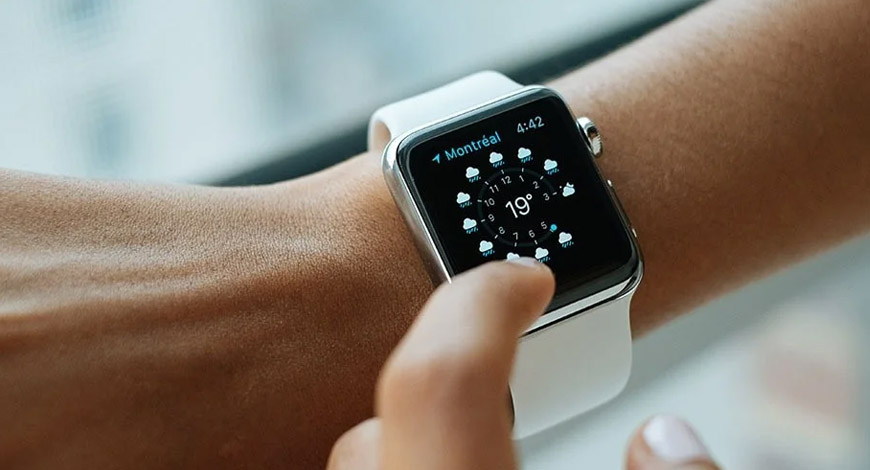Trends
Wearable material market to reach $7.4 billion by 2032

The “wearable material market” was valued at $2.4 billion in 2022, and is estimated to reach $7.4 billion by 2032, growing at a CAGR of 12.2% from 2023 to 2032, according to Allied market Research.
Prime determinants of growth
The global wearable material market is driven by rise in awareness from the health and wellness sector. Moreover, rise in awareness of health and wellness has led to the popularity of smart clothing and accessories embedded with biometric sensors, temperature regulators, and moisture-wicking fabrics. Wearable materials that provide breathability, moisture management, and antimicrobial properties are favored by consumers seeking comfort and hygiene in their activewear and everyday clothing.
In addition, rise of wearable technology in fashion and personal expression has led to collaborations between fashion designers, technology companies, and material innovators. This convergence of industries has spurred creativity in material selection and design, resulting in wearable products that blend functionality with fashion-forward aesthetics. However, one of the primary restraints in the wearable materials market is the cost associated with developing and manufacturing wearable devices.
The polyurethanes segment to maintain its lead position during the forecast period.
By type, the polyurethanes segment accounted for the largest share in 2022, contributing to more than half of the global wearable material market revenue. Polyurethane (PU) is a highly versatile material that can be tailored to meet various performance requirements. It can be formulated to be soft and flexible or rigid and durable, making it suitable for a wide range of wearable applications such as clothing, footwear, fitness trackers, smartwatches, and medical devices. Moreover, polyurethane materials offer excellent comfort and performance characteristics. They are lightweight, breathable, and provide a good level of flexibility, which enhances wearer comfort, especially in wearable devices that are worn close to the body for extended periods.
The consumer electronics segment to maintain its lead position during the forecast period.
By application, the consumer electronics segment accounted for the largest share in 2022, contributing to nearly half of the global wearable material market revenue. Wearable electronics, such as smartwatches, fitness trackers, and augmented reality glasses, are experiencing rapid technological advancements. These advancements include improvements in sensors, battery life, connectivity, and data processing capabilities. As a result, there is a growing need for advanced materials that can support and enhance the performance of these sophisticated electronic devices. Allied market Research















You must be logged in to post a comment Login